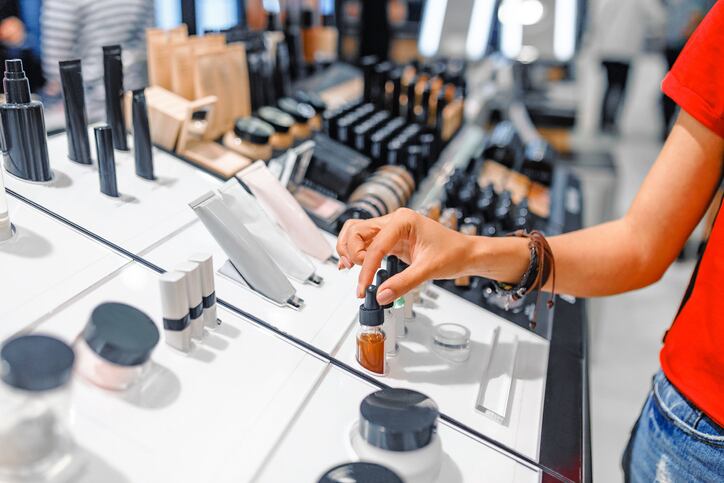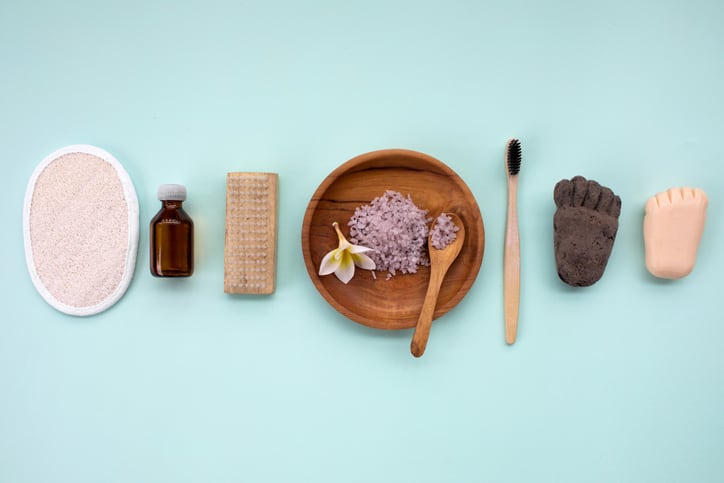You don’t have to look far to see the swathe of successful indie brands in the market connecting with consumers on sustainability, personalisation and excitement. And Jillian Wright, co-founder and CEO of Indie Beauty Expo, said there was plenty to be learnt from these trailblazing independent brands, particularly around sustainability.
“When you’re in corporate beauty versus indie beauty, you’re somewhat removed from reality because you are neck deep in protocol and data and systemising beauty, where indies don’t necessarily have that,” Wright told CosmeticsDesign-Europe.
Rather, indie brands were developing products to plug unmet needs, often based on personal experiences, she said, and most were self-funding these projects.
“It’s just a completely different mentality,” Wright said.
Indie beauty brands the ‘topic of conversation’
Indie beauty had certainly earned its spotlight in recent years, she said, drawing focus to important values.
“Since the indies have become topic of conversation in the last five years, so has integrity, authenticity and transparency,” Wright said.
Importantly, this aligned with the needs of a growing number of consumers who were confident, inquisitive and not afraid to ask questions and hold brands accountable, she said. And because indie brands were smaller and nimbler, they were able to talk to this audience in a way that was much more collaborative; answering questions about ingredient origin, carbon footprint and overall mission, she said.
“I’m not saying all indie brands are mission-driven, that’s definitely not the case, but in terms of the bigger players and suppliers and ingredients manufacturers – they’re all watching indie on this”.

Sustainable learnings – packaging and consumer messaging
Wright said sustainability was a key area big beauty could draw inspiration from indie on, from choice of packaging materials to marketing messages.
“We are, along with the food industry, a big polluter. Consumers are thinking about it and they’re like ‘oh, wow, maybe I could switch product ‘a’ for product ‘b’’. And because indies are now so much more accessible than ever before globally, those who are interested are definitely looking for alternatives,” she said.
Sustainability, upcycling and a turn away from excessive packaging will be the future, Wright said, and become a critical selling point for beauty.
“Everything vibrates through an industry, and I think that, especially with climate change, we all have to play our part. Especially personal care because it’s such a wasteful industry and people don’t know enough about their favourite body soap or favourite scrub. We as professionals and experts, whether it’s the big companies or smaller ones, have to educate.”
Corporate beauty versus indie - the big divide?
Wright said there was a “cross-roads and happy place” in beauty for both corporate and indie brands to “survive and thrive”.

“There is no need for there to be such a divide between indies and corporates; we should be feeding off each other,” she said.
Corporate beauty executives, she said, should work at becoming a bigger part of the indie beauty community through events or work with organisations directly supporting indie beauty. “This will start the important conversations and begin bridging gaps.”
What remained vital, however, was protecting the indie beauty community, Wright said, because the biggest risk for these smaller players was to have ideas copycatted by brands with bigger marketing budgets and larger social followings.
“That is definitely a risk, and something indies have to be very, very careful with,” she said.
“In a perfect world, we’d live harmoniously together but it’s not a perfect world. We just have to be mindful of shady operations because indies are so amazing when it comes to their innovation, ideas and the risks they take.”




